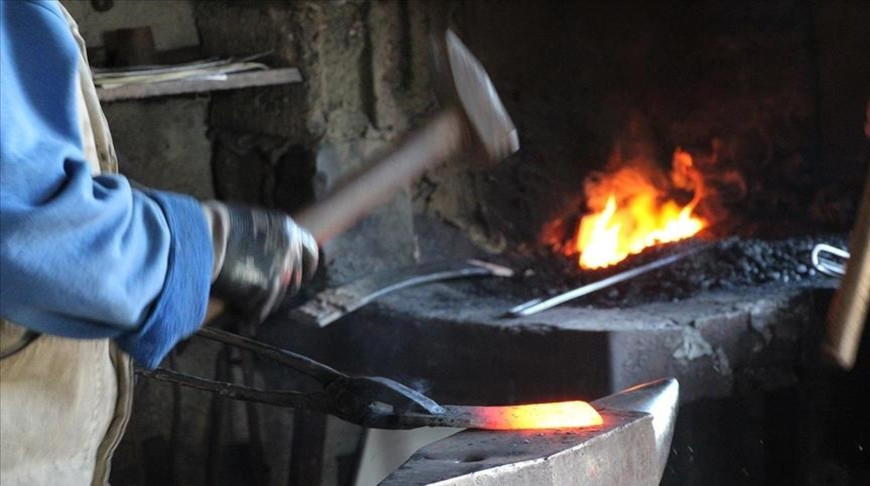
ISTANBUL, 19 February (BelTA - Anadolu) - Japanese archaeologists have
found clues in Türkiye to how ironmaking began, Tokyo’s public
broadcaster NHK reported Tuesday.
The archeologists, who were excavating a site in central Türkiye, discovered heated iron ore from a stratum dating back to the Bronze Age, about 4,200 years ago.
The finding was made by a team led by Omura Sachihiro of the Japanese Institute of Anatolian Archaeology.
The team has been studying the Kaman-Kalehoyuk ruins for 40 years.
Archeologists used an electron microscope to analyze pieces of metal measuring several centimeters across that were unearthed from stratum at the northern side of the ruins.
Two of the pieces were found to have been made from heated iron ore, while another was identified as artificial iron.
Ironmaking is believed to have thrived across the Hittite Empire about 3,400 years ago.
But the latest findings suggest that people in the Bronze Age, before the Iron Age, were already trying to make iron using copper smelting techniques.
The team also found remains of about 10 furnaces from the same stratum and plans to examine if they were used for ironmaking.
According to Omura, efforts to make iron likely began nearly 1,000 years before the Hittites by applying techniques for producing copper and bronze.
The team will present its report on the excavation at the Tokyo National Museum on March 9.
The archeologists, who were excavating a site in central Türkiye, discovered heated iron ore from a stratum dating back to the Bronze Age, about 4,200 years ago.
The finding was made by a team led by Omura Sachihiro of the Japanese Institute of Anatolian Archaeology.
The team has been studying the Kaman-Kalehoyuk ruins for 40 years.
Archeologists used an electron microscope to analyze pieces of metal measuring several centimeters across that were unearthed from stratum at the northern side of the ruins.
Two of the pieces were found to have been made from heated iron ore, while another was identified as artificial iron.
Ironmaking is believed to have thrived across the Hittite Empire about 3,400 years ago.
But the latest findings suggest that people in the Bronze Age, before the Iron Age, were already trying to make iron using copper smelting techniques.
The team also found remains of about 10 furnaces from the same stratum and plans to examine if they were used for ironmaking.
According to Omura, efforts to make iron likely began nearly 1,000 years before the Hittites by applying techniques for producing copper and bronze.
The team will present its report on the excavation at the Tokyo National Museum on March 9.













